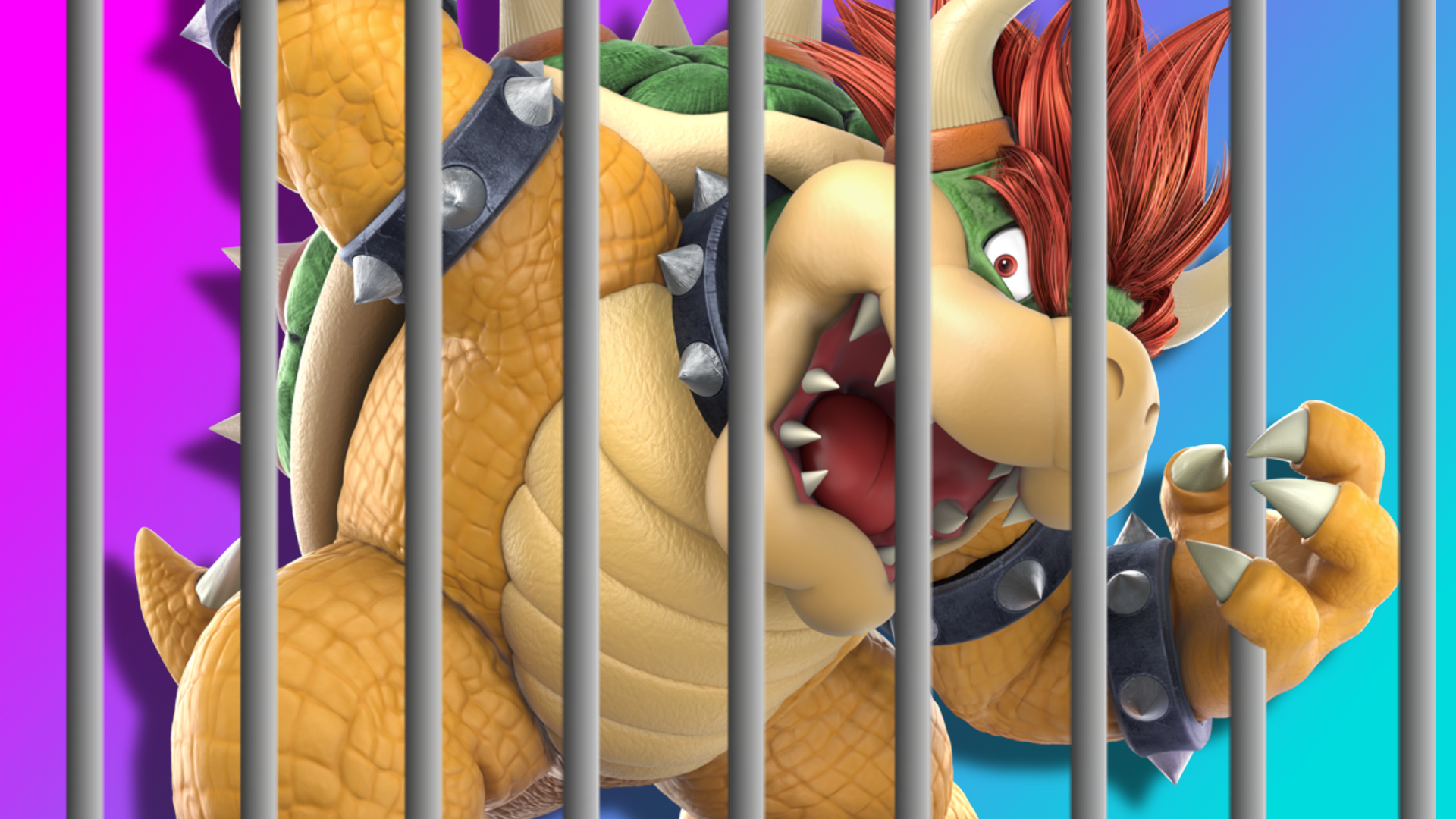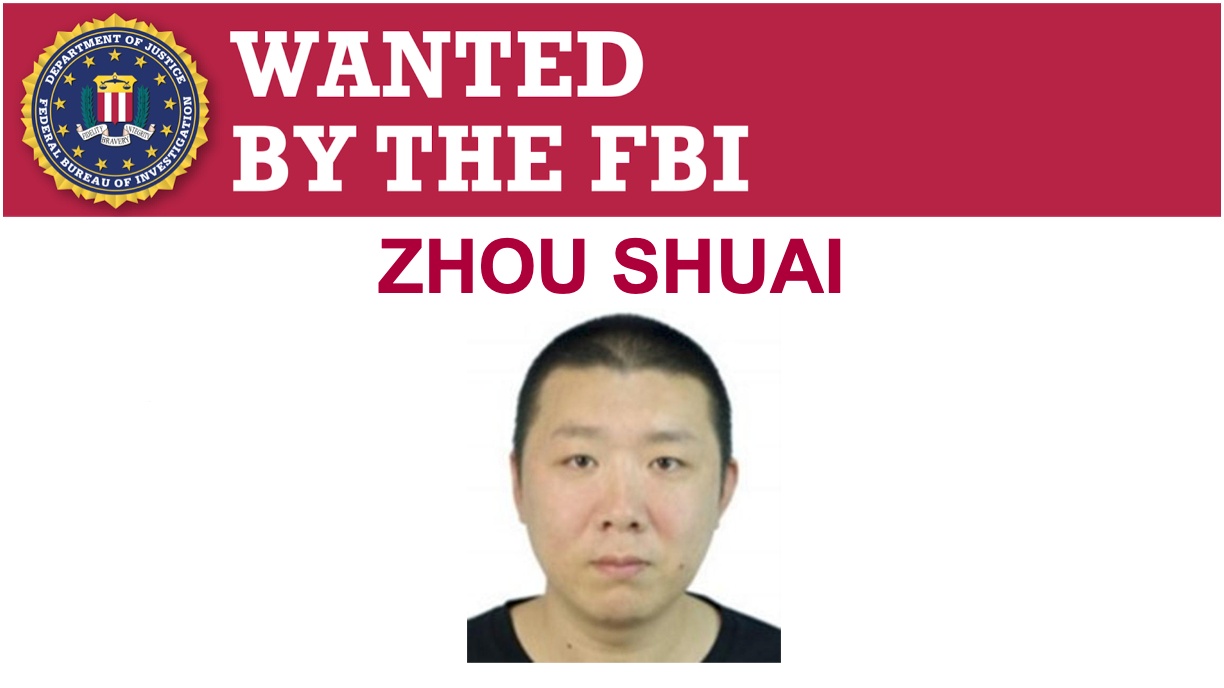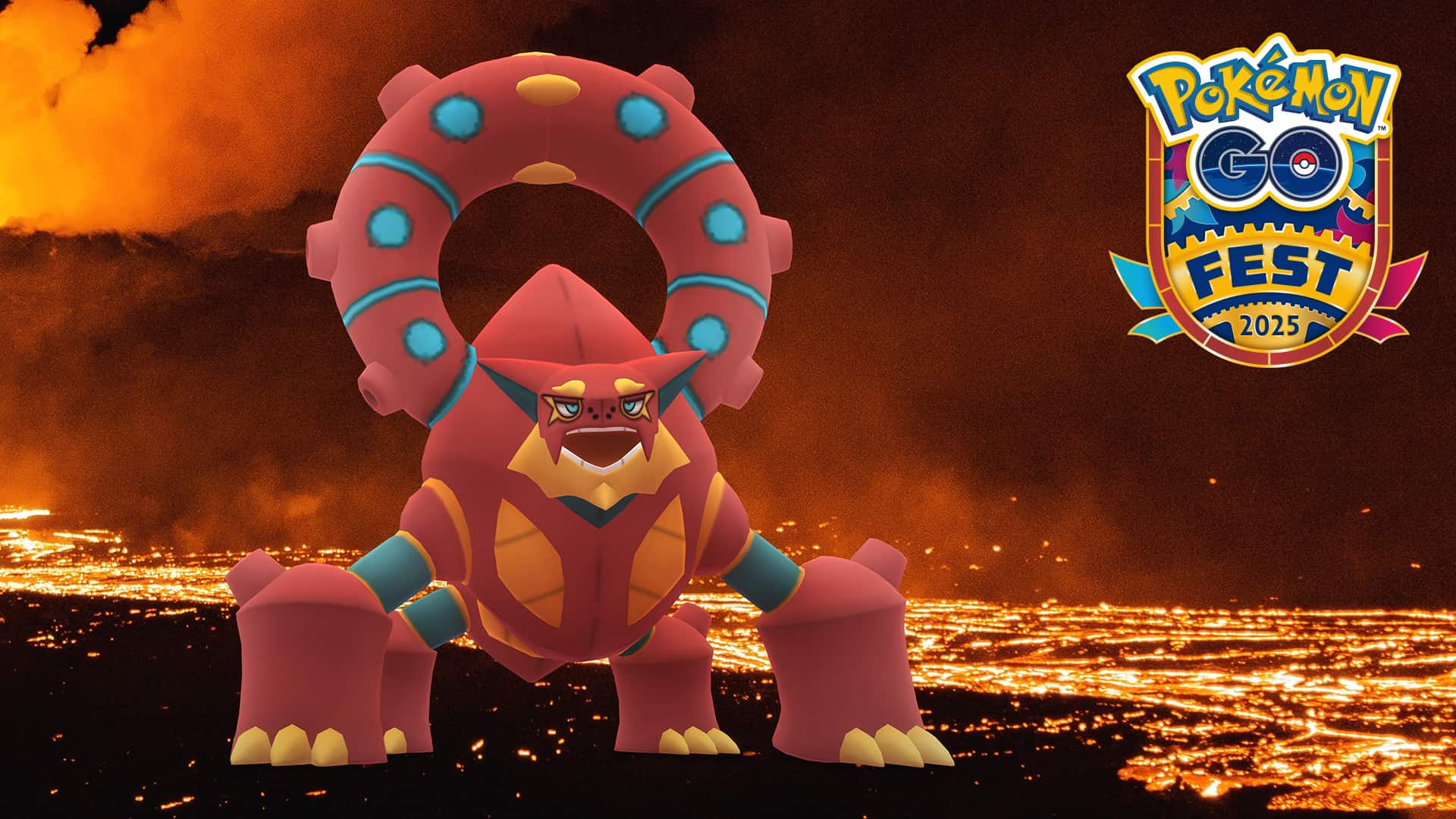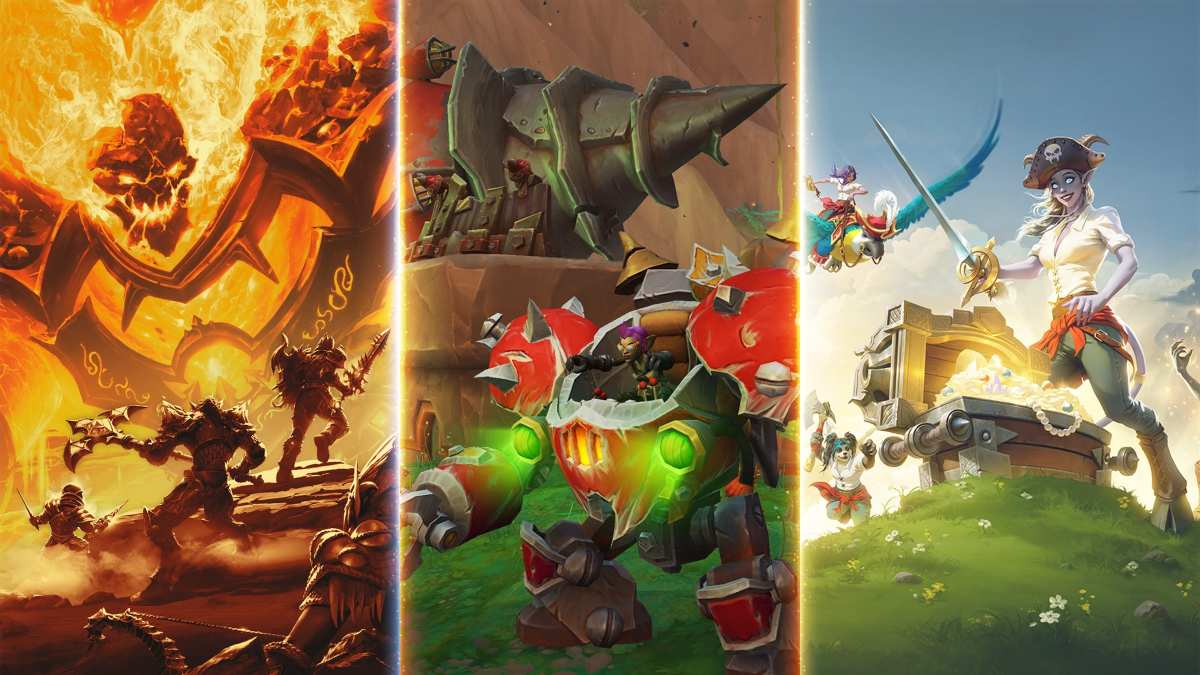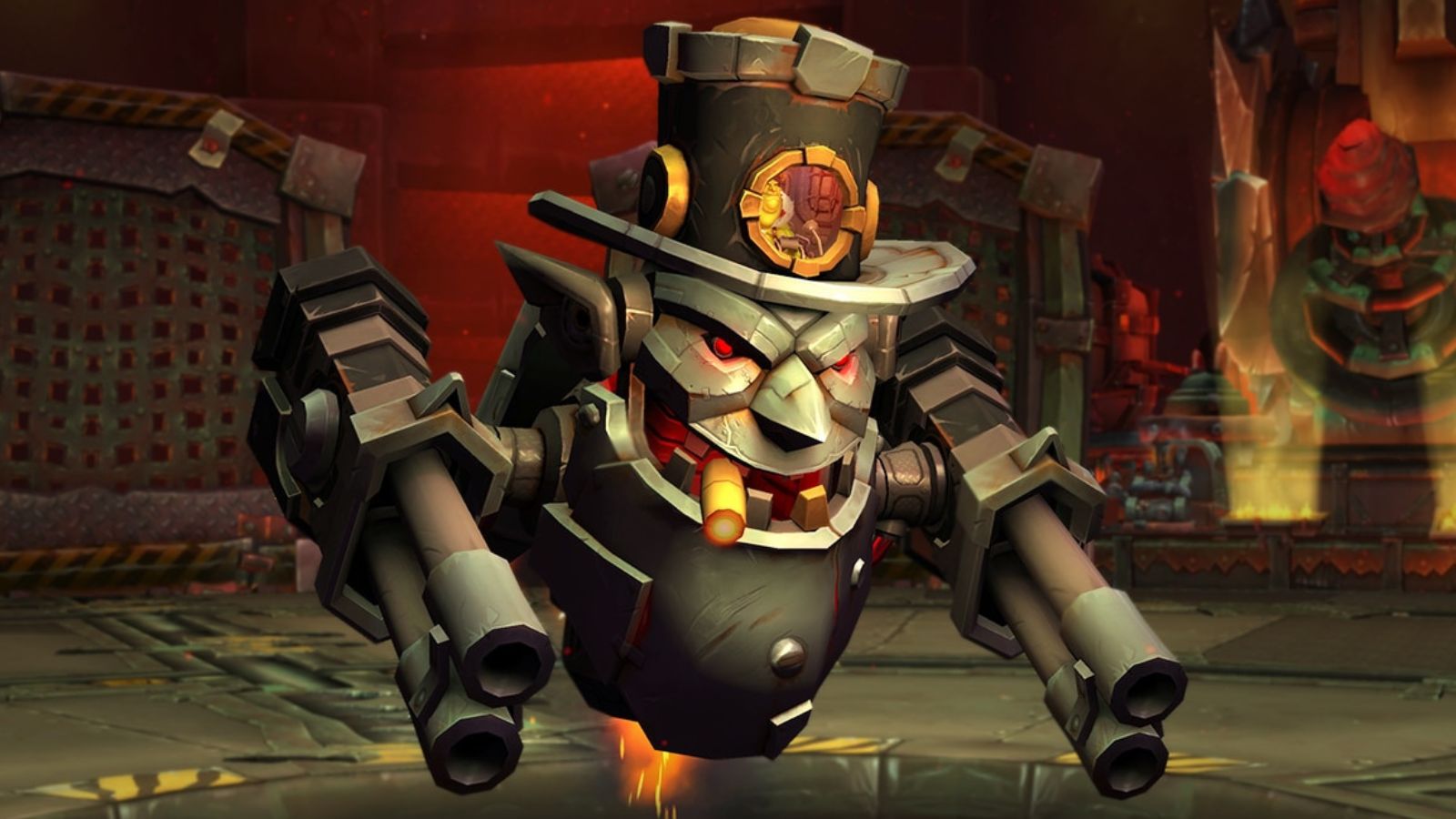
How Dragon Age: The Veilguard Grapples With the Series’ Wildly Expansive Lore (and Your Choices in It)
Somewhat famously, the fourth game in the Dragon Age series has gone through a lot of changes in the ten years since Dragon Age: Inquisition. What’s now known as Dragon Age: The Veilguard began development in 2015 and in that time, reports emerged of Dragon Age 4 going the live-service route, with a heavy multiplayer component.
The eventual confirmation that EA would let BioWare go full single-player with Dragon Age 4, keeping with the series’ history, led to a major sigh of relief from many fans. And when I got my hands on the game last month for our IGN First coverage (read my full preview here), I struggled to catch any whiffs of its multiplayer past in the gameplay, so I can only imagine the overhaul that was done behind the scenes.
But, interestingly, there was one thing that Dragon Age: The Veilguard’s creative director, John Epler, tells me never changed throughout the near-decade of development: “There was never a version of the story of Dragon Age 4 where Solas was not at the center,” he says. Basically, if you were worried that the name change from Dragon Age: Dreadwolf to The Veilguard would mean we’re not focused on Solas, think again.
Solas, of course, was once the companion to the player character, the Inquisitor, in Dragon Age: Inquisition. A mild-mannered, mysterious apostate, Solas (Spoiler warning for Dragon Age: Inquisition) disappeared at the end of the base game, only for a massive reveal at the end of the Trespasser DLC: Solas is actually the elven god known as Fen’harel, or the Dread Wolf, and he has plans to tear down what’s known as The Veil in order to restore the world of the ancient elves. Doing so will destroy the world of Thedas as we know it, essentially making your once-friend (or even romantic interest) the new big bad.
The “bones” of Dragon Age: The Veilguard, Epler explains, were always going to come from where that story was left in Trespasser.
“When we ended Trespasser, we felt that we were making a promise, a commitment to our fans of, ‘This is the story we’re going to tell. This is where we want to go with it,’” Epler says. “There were different versions of the story. There were versions of the story where maybe you didn’t necessarily progress as far in your fight against Solas, but Solas has always been at the center of Dragon Age 4’s story.”
That much was evident in my own time with the game. When The Veilguard picks up, the customizable player character, Rook, has been recruited by Dragon Age series mainstay Varric to help stop Solas’ ritual. After Rook foils Solas’ plan (and accidentally frees two blighted elven gods in the process, whoopsie), the two have a heated confrontation, and it quickly becomes clear that Rook will have their own unique relationship with Solas, as the Inquisitor did before them.
“I think what’s been fun for us, too, is trying to build Rook as kind of almost a mirror of Solas.”
“Rook does get in Solas’ way and now there’s a connection between the two of them,” Epler says. “I think what’s been fun for us, too, is trying to build Rook as kind of almost a mirror of Solas because that gives us a lot of opportunities to build some interesting interactions and reactions between the two of them.”
It’ll also give us ample opportunity to learn more about Solas. As has already been revealed in IGN First’s coverage and other previews, players will even get to see some of Solas’ memories firsthand.
“Solas wasn’t always the character he is now. Thousands of years ago, he was a rebel,” Epler says. “He was the kind of person who stood up for the little guy. He still has a tremendous love for spirits who he sees as these beings that are being unfairly treated, unfairly maligned. So Rook became this character that we could explore some aspects of Solas’ personality but also give you a protagonist that, because it’s a BioWare game, you can shape to a large degree.”
From the Inquisitor to Rook
The focus on Solas, the elven gods, and the connections to Dragon Age: Inquisition does bring up an interesting question: how will Dragon Age: The Veilguard ease in new players with its wildly expansive lore? The campaign starts with a surprisingly succinct and effective recap from Varric, but even as a longtime fan, I imagined it might be a lot for players new to the franchise (or even those who’ve forgotten some of the details after all these years).
It’s one of the advantages of having a relative outsider in Rook to lead the proceedings. Epler clarifies that, at this point, Rook has known Varric and Harding (a Scout from Inquisition who’s now a full-blown companion in The Veilguard) “for a little while.” But otherwise, Rook is something of a blank slate aside from the pre-written backstories that derive from one of six factions you can choose.
But Rook marked an intentional pivot from the Inquisitor in other ways, too. It’s hard to deny a heavy presence of the classic “chosen one” trope in Dragon Age: Inquisition, as your character is the only one with a mark on their hand that can save the world. The Inquisitor becomes a religious figure (whether they choose to embrace it or not), essentially heralded as a messiah while amassing a wealth of political power as leader of the Inquisition.
Epler says that the team wanted to avoid not a “power creep,” but something of a “reputation creep” when it comes to the protagonist of The Veilguard.
“At the end of Inquisition, you are the chosen one,” he says. “Eventually you shut down the Inquisition or you hand it over to the Chantry because, through this almost mythological hero-building that’s come around you as a character, it’s become too big and unwieldy. With Rook, we wanted to give you an opportunity to see things from a different perspective in the world, someone who has to kind of earn their place. There’s nothing about Rook that somebody looks at and is like, ‘Well, I wasn’t going to trust you, but you’ve got this magic hand or these documents.’ Rook has to earn the respect, has to earn the trust of these different groups in Thedas.”
Lore Lightning Round
While there’s a lot Epler couldn’t say about some of the reveals in The Veilguard, we still had to grill him as best we could about some of the questions the game will answer. Here’s a fairly random assortment of some of the things we asked him about and his responses. Theorize as you will!
On Morrigan’s role in The Veilguard: “You can expect to probably see more of her than you’re maybe expecting right now. But Morrigan has always been a central character to Dragon Age. She is one of what I consider ‘VIP standbys,’ somebody who is always present for these world-shaping events.”
On what we’ll learn about the old gods, Andraste, and the Maker: “There are certain secrets that we don’t ever necessarily plan to reveal. There are things that we want to keep as a source of mystery in the world. There are some secrets, though, that over the course of Dragon Age: The Veilguard, you will learn the truth about.”
On whether or not we’ll learn more about the Black City: “The Black City has always been one of the biggest mysteries in the Dragon Age IP. The Tevinter Magisters broke into the Black City, unleashed the Blight. That’s the story that’s told to everyone. That’s what everyone believes they know. Now, whether that’s true or not, that’s one of those things, those mysteries, that Dragon Age likes to keep. But the Black City does figure into Dragon Age: The Veilguard to some degree. I’m not going to get too into spoilers about how it does, but I’d say it’s safe to say you’ll learn more than you already know about it.”
All of that being said, it’s not as if the Inquisitor has zero role in the proceedings. On the contrary, game director Corinne Busche even confirmed to us months ago that players will be able to recreate their Inquisitor in the character creator.
“Bringing the Inquisitor into The Veilguard was simultaneously one of the most challenging and, I think, one of the most rewarding things we’ve done,” Busche tells me. “And the reason I say ‘challenging’ is because Dragon Age: The Veilguard is now about 10 years on from the events of Inquisition and Dragon Age: Trespasser, and even still, the fanbase has such an affinity towards their Inquisitors, the fan art, their stories. There is a certain reverence there about the Inquisitor that was very important for us to capture.”
For all the reveals that have been made pre-release, however, Epler, Busche, and the rest of the team are especially tight-lipped about what the Inquisitor’s actual role will be. It’s something I’ve been particularly curious about, especially as an unabashed Solas romancer (or a “Solavellan” as the fanbase calls it, a combination of Solas with an elven Inqusitor’s surname, Lavellan).
“I’d say the Inquisitor, to some degree, feels guilty or responsible for what Solas is doing to the world.”
Still, I tried. “You’re going to want to see for yourself,” Busche insists when I ask the question of how the Inquisitor will show up.
“But [they’ll have] some very interesting contributions, given their history, their relationship with Solas, which can be quite complicated as a Solavellan player,” she says. “And don’t judge me too hard, but as a Solavellan player, you know how complex that relationship between the Inquisitor and Solas could be. That is something we needed to pay off, and I’m happy to say, I think we did.”
Epler also acknowledges that the Inquisitor “obviously has a very personal relationship with Solas,” one that will need to be reckoned with in The Veilguard.
“Whether you’re Solavellan and you’ve romanced Solas, or even just any other Inquisitor, you journeyed with Solas for quite some time,” he says. “And I’d say the Inquisitor, to some degree, feels guilty or responsible for what Solas is doing to the world. So while we’re not going to get too far into details about what role they may play, they absolutely are somebody who is going to be interested and invested in the outcome of Rook’s journey in The Veilguard.”
Decisions, Decisions
The Inquisitor is also somewhat representative of yet another big challenge facing The Veilguard: not only does Dragon Age have incredibly expansive lore at this point, but the player could, in previous games, make massive decisions that would impact that lore. How is BioWare grappling with not only the various decisions Rook can make in The Veilguard, but also the decisions the player has already made in past games?
Inquisition had The Keep, where players could import their saves from Dragon Age: Origins and Dragon Age II to carry over their world states. The Veilguard, meanwhile, will allow players to select a few story decisions via tarot cards in the “Adventurer’s Past” section of the character creator, where you can remake your Inquisitor. Those decisions are: who your Inquisitor romanced (with the options gender- and lineage-locked in the same way that they were in Inquisition), whether or not you disbanded the Inquisition, and whether you vowed to stop Solas or save him.
Granted, that might not seem like a ton of choices when it comes to a series like Dragon Age. There’s a couple of reasons for that: for one, the team focused on choices that they felt they could react to meaningfully – not just a cameo or one-liner. But it’s also part of the advantage of moving the setting up to Northern Thedas, Epler says, with the prior games in the series taking place in Southern Thedas, a significantly different region both geographically and sociopolitically.
“Our philosophy when it comes to integrating past player choices and world states is wherever possible we want to avoid contradicting what has happened before. We never want to invalidate your choices,” he says. “For Dragon Age: The Veilguard, among many reasons why we moved to Northern Thedas is it becomes a little bit more of a clean slate for us. There’s not as many decisions you have made up to this point that have an impact on what’s happening in Northern Thedas. And we don’t have to speak directly to things like who is the Divine? Because again, that’s happening in the South.”
“There’s never a sense of, ‘Oh, that decision doesn’t exist.’ But maybe we don’t touch on it in this particular title,” he says. “Much like Inquisition didn’t touch on every decision from Origins, much like DA2 didn’t touch on every decision from Origins, it’s kind of in that same vein of we’re not going to contradict it. We just may not always reference it directly.”
Epler reiterates previous statements both he and the rest of the BioWare team have made about there not being an “official canon” when it comes to player choice in Dragon Age. Those choices, he says, are a large part of what makes Dragon Age such a “personal story” for fans.
“We don’t want to ever imply that a decision is the wrong decision or the right decision,” he says. “We might joke about things like, ‘Oh, you let The Chargers die? Well, that’s clearly the wrong choice.’ But again, it’s not because it’s canon. We want those stories to be personal.”
“For Dragon Age: The Veilguard, among many reasons why we moved to Northern Thedas is it becomes a little bit more of a clean slate for us.”
Clearly, it’s a delicate balance. But “wherever possible,” Epler says, the goal is to avoid contradicting the players’ choices – even if that means some of those choices won’t be referred to in specifics.
But all this talk about lore, choice, and story leads to something of a question mark for Dragon Age at large: are we building to some sort of endgame? Regardless of whether or not The Veilguard does well enough to justify a fifth game, will there ever be a shortage of stories to tell within Thedas, even after the Solas of it all is dealt with?
In response to that question, Epler brings up what he says is one of his favorite quotes from Inquisition’s Trespasser DLC: an optional line for the Inquisitor, in which they yell in frustration, “could one thing in this f*cking world just stay fixed?”
That line is somewhat indicative, he says, of the larger story of the series as a whole: “Dragon Age has always been a little bit less about a very specific threat and more about a world in conflict.”
‘That’s kind of the story of Dragon Age,” he says. “Things don’t stay fixed forever. Things break. Because Dragon Age is a story about people, there’s always going to be somebody who wants more power, wants to change the world for what they see as a good reason but ultimately is going to harm people. So there’s always going to be that sense of conflict.”
Dragon Age: The Veilguard releases on PlayStation 5, Windows, and Xbox Series X/S on October 31.
Alex Stedman is a Senior News Editor with IGN, overseeing entertainment reporting. When she’s not writing or editing, you can find her reading fantasy novels or playing Dungeons & Dragons.



